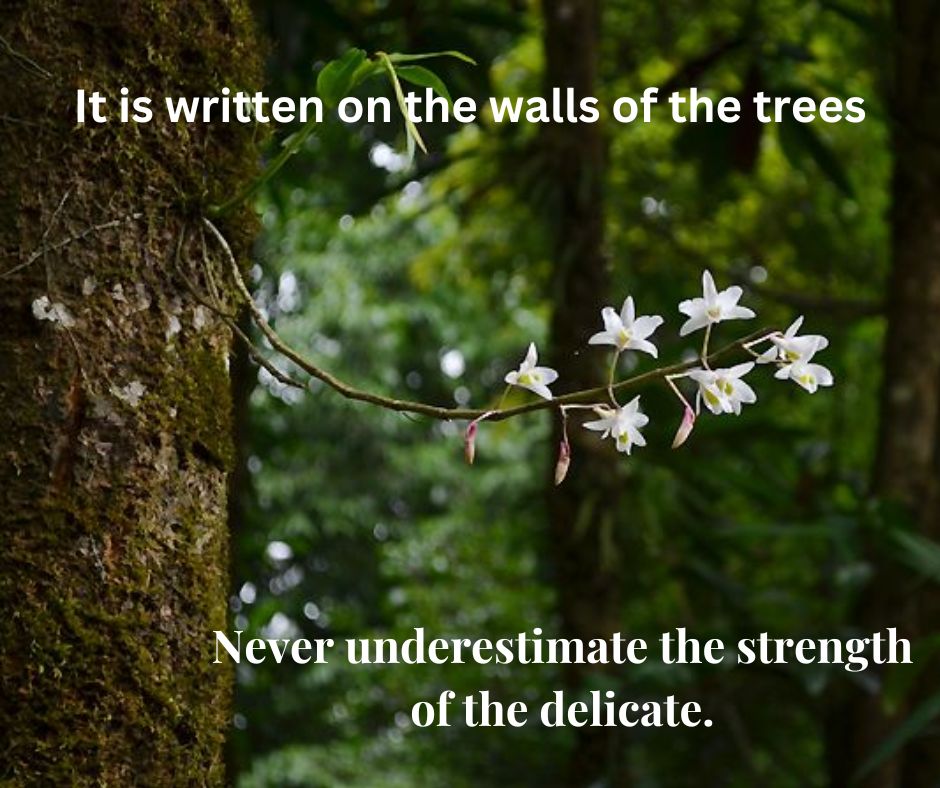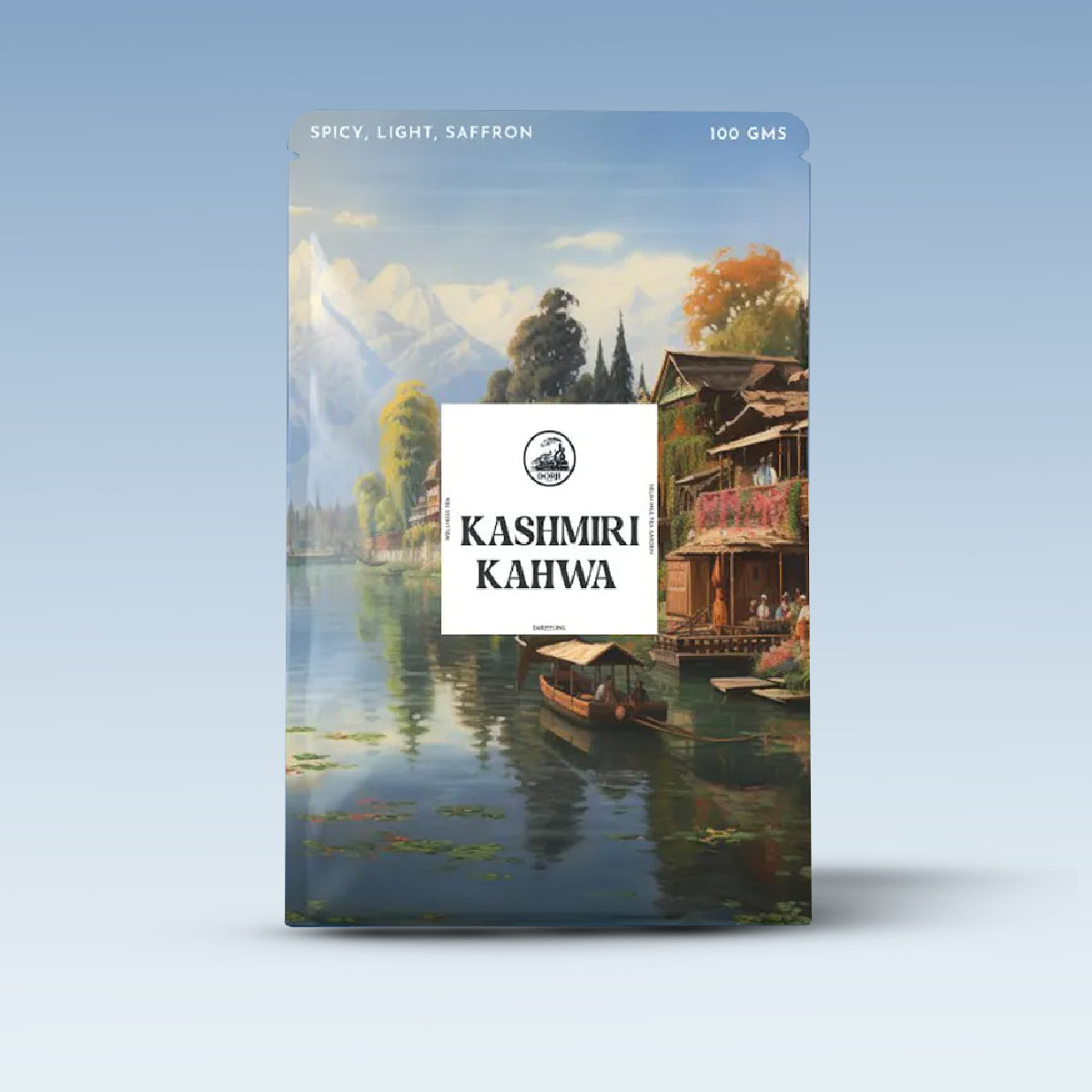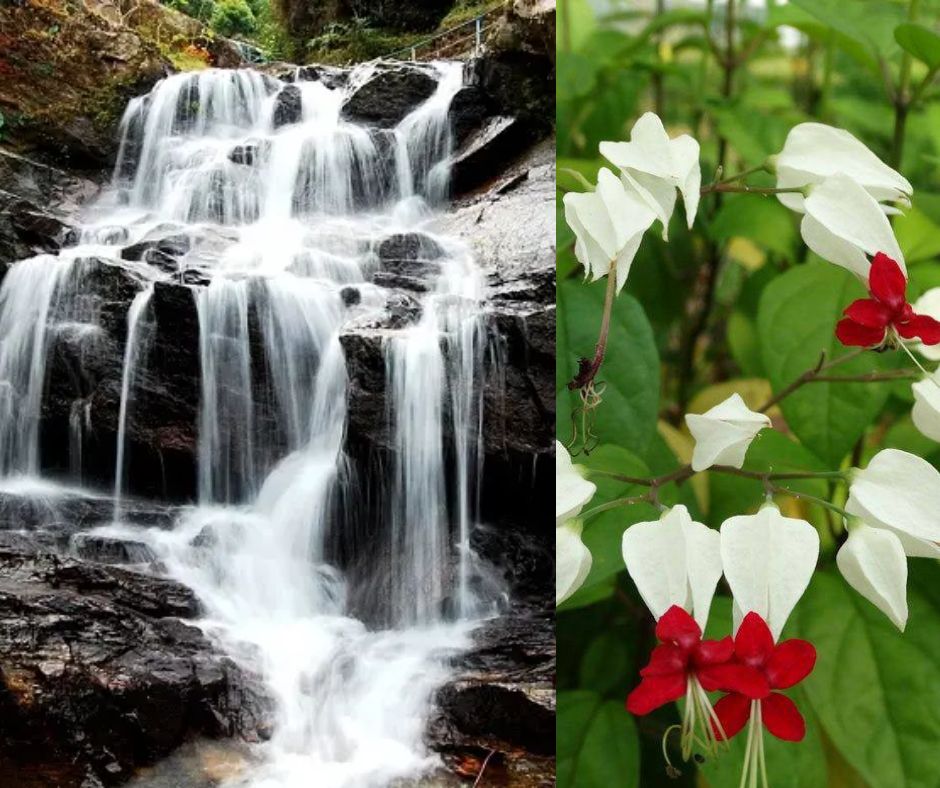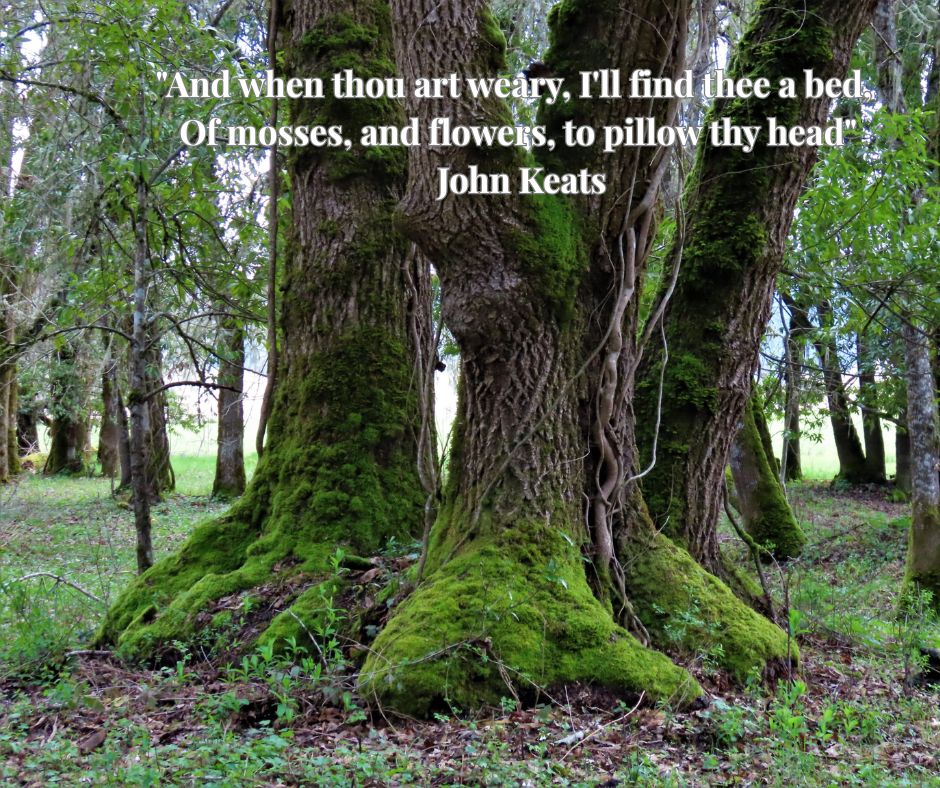Count your Footprints, Carbon Ones

It is true that many, many stars must align to give you a chance to execute your ideals, values and dreams. Second Chance House has given us the opportunity to listen to the wind and the trees and make a genuine effort to cling on to a green corner of the earth.
Selim Hill Tea Estate comprises of 1000 acres, of which 500 acres is virgin forest land. These huge lungs continuously clear the air, attract rain clouds and are home to a variety of birds and animals.
One of the most important benefits that forests provide is their ability to absorb carbon dioxide (CO2), a greenhouse gas that precipitates climate change. As a result, forests can play an important role in generating carbon credits. It is now the endeavour of the Dorje Team and the Selim Hill Collective to protect these invaluable forests by highlighting the importance of Carbon Credits.
The process of generating carbon credits from forests is known as forest carbon offsetting. When a forest is created or preserved, it absorbs and stores carbon dioxide through photosynthesis, effectively removing it from the atmosphere. This stored carbon can then be quantified and sold as carbon credits.
Carbon credits, my friends, are like little superheroes fighting against the dastardly villain known as carbon emissions. They wear their capes made of scientific measurements and their masks of market-based incentives. It's like they're saying, "Hey, climate change, you thought you could get away with it? Not on our watch!"
Picture this: a group of carbon credits hanging out at a carbon market, sipping on their carbon-neutral teas and chatting about the latest emission reduction projects. One credit turns to another and says, "You know, we're like the cool kids of the environmental world. We reduce emissions and look stylish doing it. We're basically carbon fashionistas!"
But let's not forget the carbon superheroes' arch-nemesis, the carbon credit skeptics. They shake their heads and say, "Carbon credits? More like carbon tricks! Who needs them when we can just plant a few trees in our backyard and call it a day?" Ah, the skeptics, always keeping us on our toes.
You might wonder, how do these carbon credits end up with their price tags? Well, it's like a cosmic dance of supply and demand, with a sprinkle of regulatory intervention. It's a bit like a silent auction, but instead of bidding on rare artwork, we're bidding on the future of our planet. No pressure, right?
The real heroes behind the scenes are the scientists, engineers, and environmentalists who tirelessly work to develop projects that earn these carbon credits. They're the ones with lab coats covered in coffee stains, frantically scribbling equations on whiteboards, and occasionally having "Eureka!" moments.
Carbon credits aren't without their quirks. Some might say they're the divas of the environmental world, with their fluctuating prices and intricate verification processes. It's like they have a secret mission to keep us guessing, ensuring we never get too comfortable.
Dorje Teas believes that carbon credits are our allies in the fight against climate change. Take a moment to appreciate the quirky, superhero-like qualities of carbon credits. They may not wear capes, but they sure know how to save the day—one metric ton of CO2 at a time.
Write to me at Editor@Dorjeteas.com



















Comments